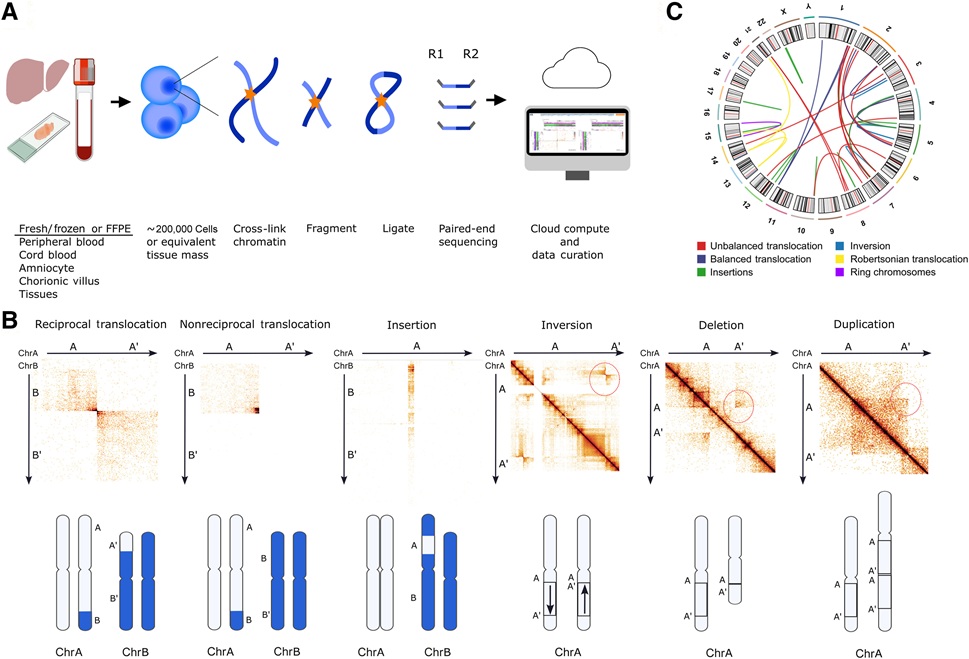Assay for Risk of Kidney-Allograft Rejection Receives CE Marking Approval
By LabMedica International staff writers
Posted on 18 Nov 2013
European CE marking approval was recently granted for a sensitive, solid-phase assay for the characterization of donor-specific antibodies that distinguish complement binding antibodies from non-complement binding antibodies.Posted on 18 Nov 2013
Assessment of the complement-binding capacity of donor-specific anti-HLA antibodies is useful in identifying patients at high risk for kidney-allograft loss. The One Lambda Inc. (Canoga Park, CA, USA) C1qScreen assay was designed to make this task easier.
C1qScreen consists of two reagents, C1q and PE (phycoerythrin)-conjugated anti-C1q. The complement component (C1q) bound by the antigen-antibody complex is detected with an R-phycoerythrin (PE) labeled anti-C1q antibody. Fluorescence intensity is measured using the Luminex (Austin, TX, USA)-based LABScan 100 flow analyzer, which measures the relative amount of antibody bound to the sample.
The Luminex 100/200 System is a flexible analyzer based on the principles of flow cytometry. The system enables simultaneously measurement of up to 100 analytes in a single microplate well, using very small sample volumes. The system delivers fast and cost-effective bioassay results on many assay formats including nucleic acid assays, receptor-ligand assays, immunoassays, and enzymatic assays.
A team of French investigators used the C1qScreen/Luminex system to screen 1016 patients who had received kidney allografts at two transplantation centers in Paris between January 1, 2005, and January 1, 2011, for the presence of circulating donor-specific anti-HLA antibodies and their complement-binding capacity. Graft injury phenotype and the time to kidney-allograft loss were assessed.
Results obtained during the study revealed that patients with complement-binding donor-specific anti-HLA antibodies after transplantation had the lowest five-year rate of graft survival (54%), as compared with patients with noncomplement-binding donor-specific anti-HLA antibodies (93%) and patients without donor-specific anti-HLA antibodies (94%). Thus, the presence of complement-binding, donor-specific anti-HLA antibodies following transplantation more than quadrupled a patient's risk of graft loss. These antibodies were also associated with higher rates of antibody-mediated rejection with more severe graft injury.
“Introducing the C1qScreen assay to the European market is another milestone in One Lambda Inc.'s nearly 30-year history of transplant diagnostic leadership,” said Jar-how Lee, senior vice president of research and development at One Lambda Inc. “A wealth of data from clinical research in the United States, including the recent study cited in the New England Journal of Medicine, documents the promise of this new assay within the transplant field, and we are pleased to make it more broadly available to transplant centers worldwide.”
The French study was published in the September 26, 2013, issue of the New England Journal of Medicine.
Related Links:
One Lambda Inc.
Luminex














